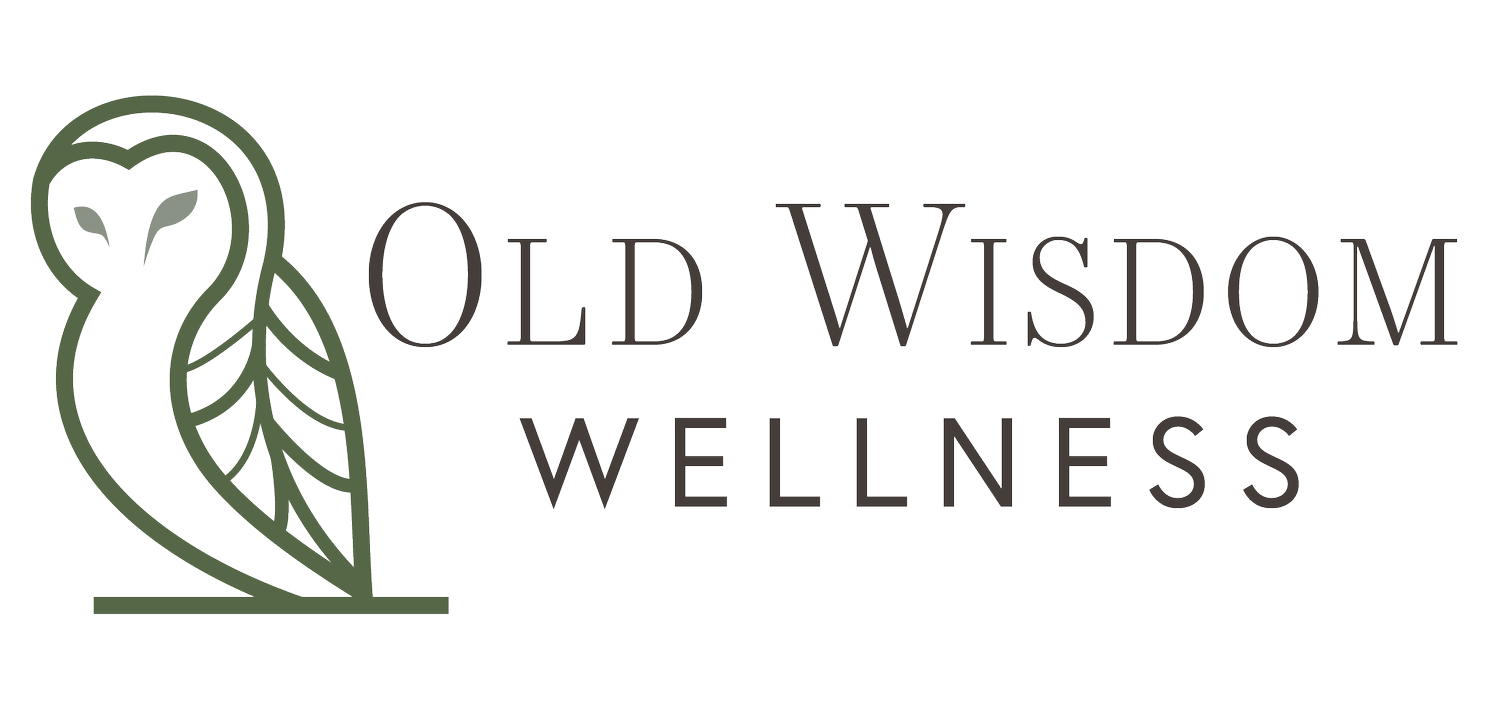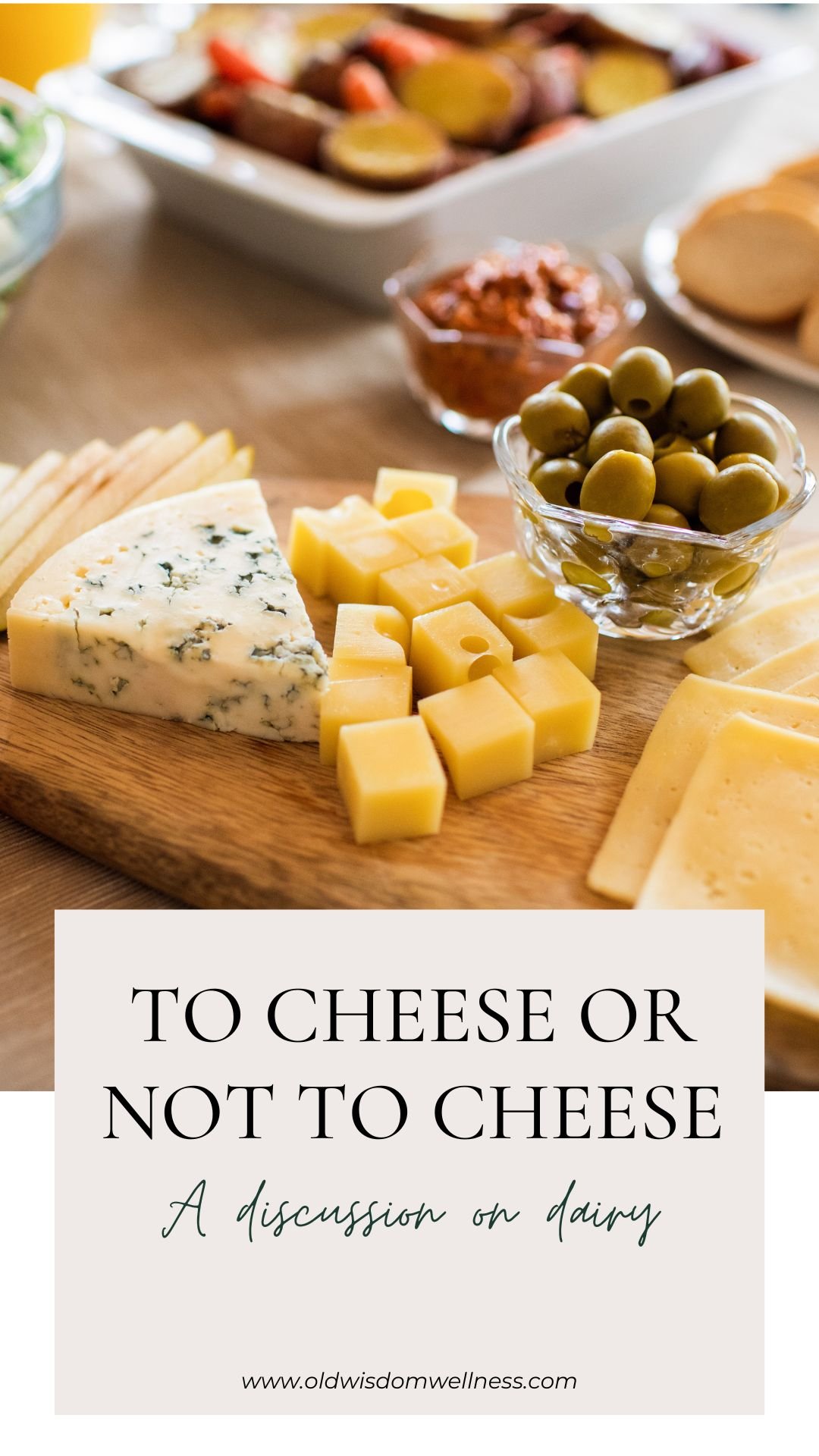To Cheese or Not to Cheese
Isn’t that the question?
Well for you it might be, and unfortunately cutting out dairy is not as simple as so many health professionals like to think. I’m going to do my best to break it down for you in hopes that it helps you make the right decision for you.
Most of the arguments that I hear against dairy are that a large portion of the population is lactose intolerant, which is of course, true. Roughly 68% of the world’s adult population is lactose intolerant (1). Lactose intolerance is essentially a reduced ability to digest lactose.
A Quick Biology Lesson
Most mammalian infants, including humans, are in fact born with the ability to digest lactose. That ability is typically reduced as they age and can disappear completely by the age of 2. In fact, the category of animals called mammals are named as such because of the existence of mammary glands and their ability to produce milk.
For mammalian infants the digestion of milk actually begins with the act of coagulation and fermentation in the stomach. The body produces specific enzymes like lactase, and lipase which help breakdown the milk into digestible pieces, as well as chymosin which helps to coagulate the milk to it remains in the digestive tract long enough to ferment. It’s these enzymes that our bodies stop producing as we begin to ingest more solid foods.
Without chymosin to coagulate the milk, it does not stay in the digestive tract long enough for the naturally occurring lacto bacillus bacteria to work. Lacto Bacillus is the active bacteria in the fermentation process, which physically breaks down the lactose and sugars in milk, similarly to the way that the lactase enzyme does in the stomach. However, as the body stops producing lactase and lipase (which breaks down the fats in milk) there is no way for the body to break these components down and retrieve the nutrients from the milk.
So, Why do we Drink Milk after Infancy at all?
Because some 8 to 10,000 years ago humans figured out how to replicate the process of our own infant digestive systems and create safe, nutrient dense dairy products.
People have been utilizing milk and milk products for at least 6000 years (2), when groups of humans in various places all over the world began using domesticated cattle and goats for milk production. However, it is important to understand that very few people were actually drinking milk as it came from the animal. Refrigeration did not become possible until the 1800’s and even then, was not commonly used until much later, therefor for much of history milk was not able to be stored. Instead, people often made milk into more stable products such as cheese, yogurt, kifer, or butter. When made traditionally these products are typically fermented, a process which removes lactose and essentially makes them safe and even nutritious for adult humans to eat.
Similar to the fermentation process of grains, fermentation of dairy products breaks down the compounds that make it hard for the human body to digest, including lactose. The major difference with dairy fermentation is that the bacteria that creates the fermentation actually digests the lactose, using it all up in the process, and resulting in a lactose free product.
But, what about in modern day?
Good question. As with grain products, lot of our dairy products are not made in the traditional manner. It simply takes too long for our fast-paced world. Things like mozzarella cheese that traditionally take 3 days to ferment, are sped up by adding an acid, such as citric acid or lemon juice. This causes the liquid milk to solidify into the curds used to make cheese. While process works to make a cheese like substance it does not produce a true cheese and therefor the volume of lactose in the cheese remains virtually the same as fresh milk. There is a similar process for other fermented dairy products such as sour cream, or soft cheeses. Many hard cheeses still require an aging process so those will typically have less lactose.
Pro tip: Cabot cheese labels their hard cheese lactose free because of this. If you want to be sure you aren’t getting lactose, look for that label. I’m sure there are other companies local to you that have the same labeling, so keep a look out for those.
In addition to the way we produce dairy products there are also a number of reasons why the milk produced today is not equal to the milk of our ancestors. Unfortunately, the conversation around dairy farming is complex, and I think Dr. Bill Schindler does a wonderful job of explaining it quickly and concisely in the video below.
How do I get safe nutrient dense dairy?
Unfortunately that can be difficult depending on what state you live in. There is a lot of controversy over the legality of raw milk, however it is possible to find small local producers, many of which can ship to you if your state has some of these difficult laws. Some high-end cheese producers do use old methods, and even small pizza places make their own mozzarella in the traditional way. It may take some sleuthing, but it is possible to find.
If you are interested in learning how to make cheese and dairy products yourself I suggest getting a copy of The Beginners Guide to Cheese Making and Traditionally Fermented Foods. While there are a ton of great books, these are the two that got me started in sour dough and cheese making and I have loved them.
Sources
1. “Definition & Facts for Lactose Intolerance.” National Institute of Diabetes and Digestive and Kidney Diseases, U.S. Department of Health and Human Services, https://www.niddk.nih.gov/health-information/digestive-diseases/lactose-intolerance/definition-facts#common.
2. “Humans Were Drinking Milk before They Could Digest It.” Science, https://www.science.org/content/article/humans-were-drinking-milk-they-could-digest-it.
3. Lactose Intolerance by Country 2022, https://worldpopulationreview.com/country-rankings/lactose-intolerance-by-country.
4. Schindler, Bill. Eat like a Human: Nourishing Foods and Ancient Ways of Cooking to Revolutionise Your Health. Yellow Kite, 2022.

